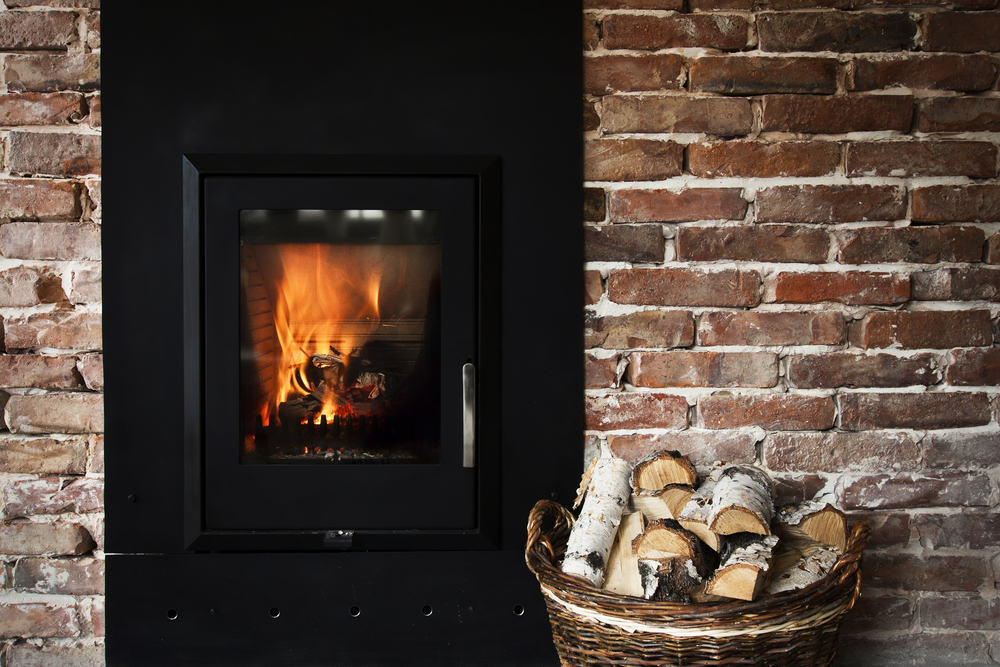If you’re looking for a new stove, you may have noticed that some have catalysers, which might be something you’d expect in a vehicle, but not a stove. So what are these for in a stove? And why do some stoves have a catalyser?
What is a catalyser for in a stove?
A catalyser, also known as a catalytic converter, has been a very effective addition to some stoves, as these have the ability to improve efficiency when burning fuel, while also reducing the harmful emissions that might be emitted.
How does a stove catalyser work?
When a stove is burning fuel, the unburned particles and gasses can be released into the air, which leads to an increase in air pollution. By opting for a stove with a catalyser, you can reduce these emissions, and make sure that more of the fuel is used for heat. This is because a catalyser initiates a secondary combustion process that converts some of these potentially harmful byproducts into more heat, and reduces the harmful emissions released.
What are the benefits of catalysers for stoves?
There are a number of benefits to choosing a stove with a catalytic converter. These include:
- Reducing the environmental impact
- Improving energy efficiency
- Reducing creosote
Reducing the environmental impact
Lowering emissions of carbon monoxide (CO), volatile organic compounds (VOCs), and other pollutants is the main goal of a catalytic converter in a stove. These pollutants are converted into carbon dioxide (CO2) and water vapour through oxidation reactions that are facilitated by the catalytic material found inside the converter. This improves indoor air quality, lessens the impact on the environment, and makes the stove safer for users.
Improving energy efficiency
Another advantage of choosing a stove that has a catalyser is the increase in energy efficiency that you can expect. By ensuring that more of the fuel is used for heat, this can reduce fuel wastage, and provide more heat for your home from the same amount of fuel. If you are relying on a stove for heating and cooking, this can lead to notable cost savings as well as a reduced environmental impact, and a lower carbon footprint.
Reducing creosote
Catalysers also help to lessen the development of creosote inside the stove and chimney. A highly combustible chemical called creosote is created when wood or other organic materials burn insufficiently. A catalytic converter minimises creosote generation by encouraging more complete combustion, lowering the danger of chimney fires and the frequency of maintenance.
For more information or advice, get in touch with the team today, here at JMS Wood Burning and Multi Fuel Stoves! We are Birmingham’s leading stove experts, so get in touch to find out more about wood burning stoves, multi-fuel stoves, catalysers and EcoDesign.

